Raspberry Pi History
Raspberry Pi is a series of single board computers designed by Raspberry Pi foundation in the United Kingdom with the association of Broadcom. Eben Upton is the founder of the Raspberry Pi device, which released the first model in February 2012. The name “Raspberry” is a homage to famous computer companies like Apple, Blueberry and Tangerine Computer Systems. The “Pi” name was suggested keeping its importance in running the Python programming language. The main goal behind developing Raspberry Pi board was to make access to computing cheap and learning computer programming.
This single-board computer is capable of performing different tasks, such as web server, home automation, robots, database management and more. This article discusses a brief history of Raspberry Pi models.
Raspberry Pi History
The Raspberry Pi device was initially developed for educational purposes because, at that time, it wasn’t very powerful and could not be replaced as a desktop computer. The first Raspberry Pi model has a single-core processor with 512MB RAM and two USB 2.0 ports for attaching peripheral devices. It doesn’t have any SATA ports, but it does have an HDMI port for displaying the Raspberry Pi display on a monitor screen. The price of the model at that time was around $35.
Below is the Raspberry Pi 1 Model B specification, released in February 2012.
| Raspberry Pi 1 Model B Components | Specifications |
| Processor | Broadcom BCM2835 SoC, 700MHz ARM1176JZF-S |
| GPU | Video Core IV Graphics |
| GPIO | 26 Pins |
| RAM | 512 MB |
| I/O Interfaces | 2×2.0 USB ports, 1x HDMI port |
| Power Source | Micro USB or GPIO |
| SD Card Slot
|
Full Size SD Card Slot |
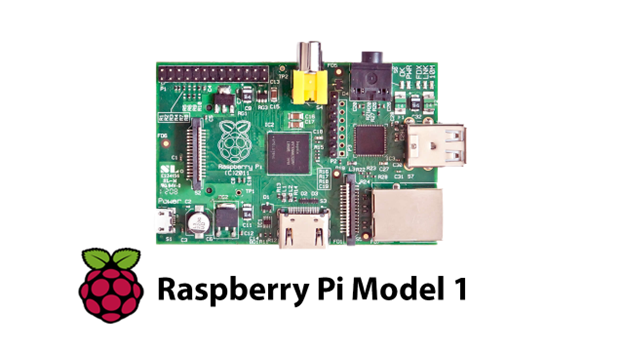
Raspberry Pi Compute Module 1 (2014)
After 2 years, the Raspberry Pi foundation introduced the stripped-down version of Raspberry Pi 1 Model B called Raspberry Pi Compute Module 1, designed for industrial projects. The specifications are similar to Raspberry Pi 1 but allow more straightforward implementation into the circuit.
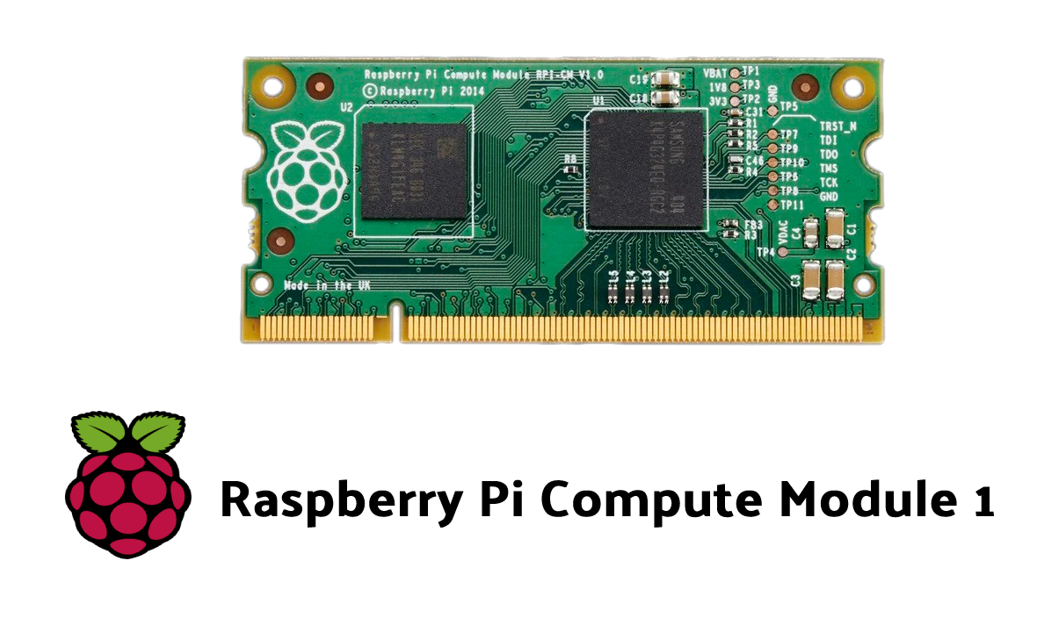
In a similar year, Raspberry Pi developers also launched a minimal version of the Raspberry Pi 1 model called Raspberry Pi Model A+, which has a similar processor, RAM and GPIO pins, but they reduced the size of the board by removing the Ethernet port and including only a single USB port.
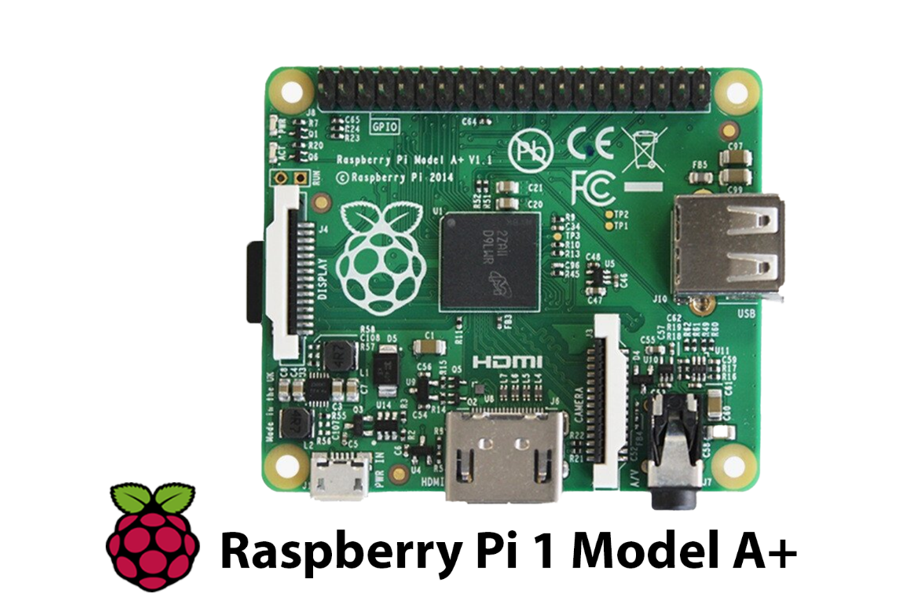
Further, they have also launched Raspberry Pi 1 Model B+ with the same specification but added 4 USB ports this time.
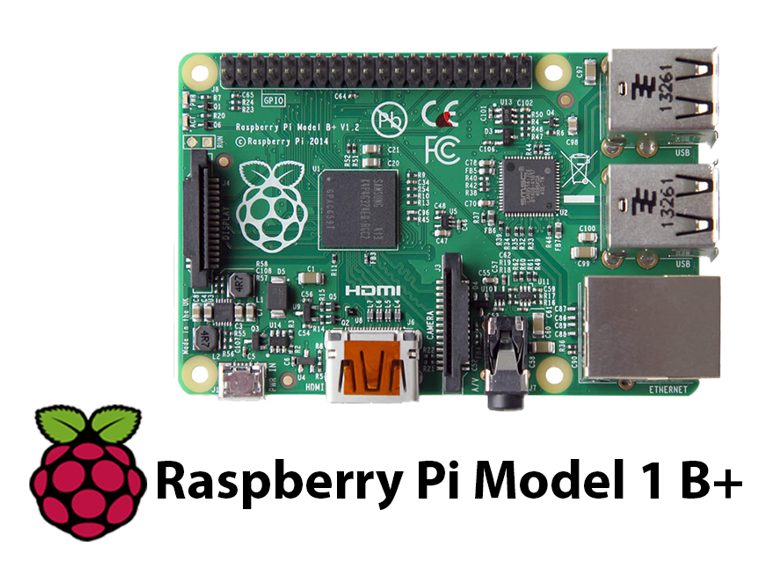
Raspberry Pi 2 Model B (2015)
After 3 years of waiting, the Raspberry Pi foundation launched the Raspberry Pi 2 Model B in Feb 2015. This time, they added a few more functionalities with a massive leap in performance. The RAM was increased to 1GB, and a 900MHz Quad Core ARM Cortex-A7 CPU made it ideal for running a lightweight desktop on the device. Besides increasing the processing power, the board includes 40 GPIO Pins, 4 USB ports, a 3.5mm audio jack for listening to Raspberry Pi audio, and an Ethernet option for high-speed internet connectivity. The specification of Raspberry Pi 2 Model B is listed below:
| Raspberry Pi 2 Model B Components | Specifications |
| Processor | 900MHz Broadcom BCM2836 Quad Core ARM Cortex-A7 |
| GPU | Video Core IV Graphics |
| GPIO | 40 Pins |
| RAM | 1 GB |
| I/O Interfaces | 4 USB ports, 1 Full HDMI port, Camera Interface |
| Power Source | Micro USB or GPIO |
| SD Card Slot | Micro Size SD Card Slot |
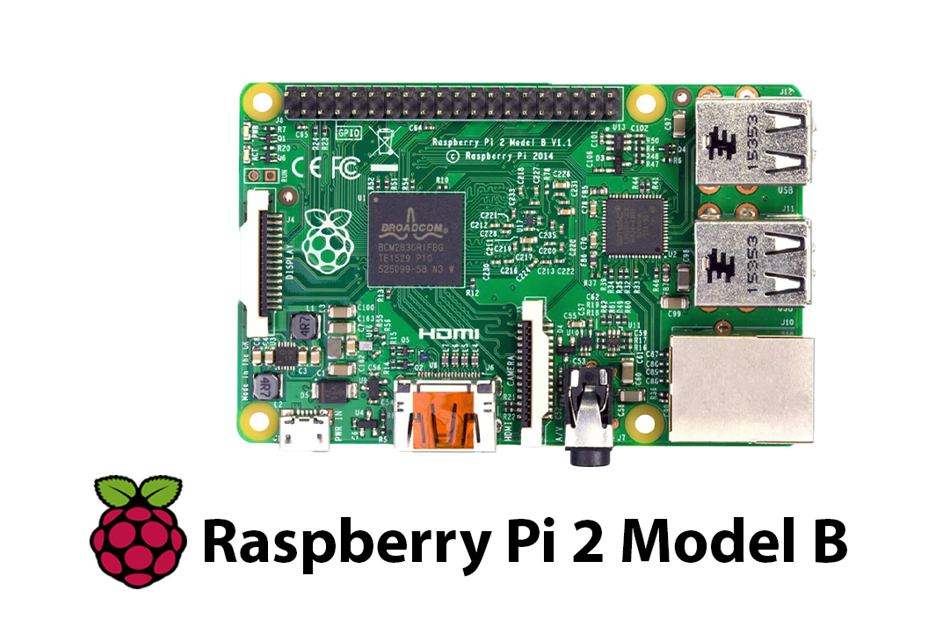
Raspberry Pi Zero Model (2015)
In the same year, the Raspberry Pi Zero model was released for those users who didn’t have enough money to purchase other Raspberry Pi models. The device is smaller than Raspberry Pi Model A+ and has the same processor and RAM as the Raspberry Pi Model B+. The price of this model is around $5, which is quite budget friendly for those Raspberry Pi users interested in creating different DIY projects. The model doesn’t have an Ethernet port, but you will get a micro-SD card slot, micro-USB slot and a mini-HDMI port for Raspberry Pi display.
| Raspberry Pi Zero Components | Specifications |
| Processor | 1GHz Single Core ARMv6 CPU (BCM2835) |
| GPU | Video Core IV Graphics |
| GPIO | 40 Pins |
| RAM | 512 MB |
| I/O Interfaces | Mini HDMI and USB Port |
| Power Source | Micro USB or GPIO |
| SD Card Slot | Micro Size SD Card Slot |
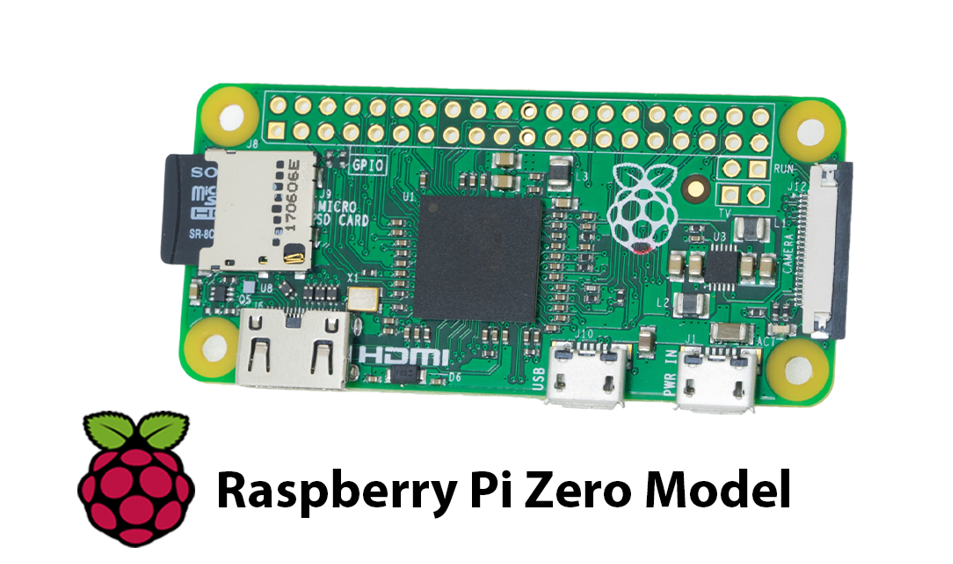
Raspberry Pi 2 Model B v1.2 (2016)
After a year, the developers have also introduced the enhanced version of Raspberry Pi 2 Model B v1.2, with some different specifications listed in the table below:
| Raspberry Pi 2 Model B v1.2 Components | Specifications |
| Processor | 900MHz Broadcom BCM2837 Quad Core ARM Cortex-A53 |
| GPU | Video Core IV Graphics |
| GPIO | 40 Pins |
| RAM | 1 GB |
| I/O Interfaces | 4 USB ports, 1 Full HDMI port, Camera Interface |
| Power Source | Micro USB or GPIO |
| SD Card Slot | Micro Size SD Card Slot |
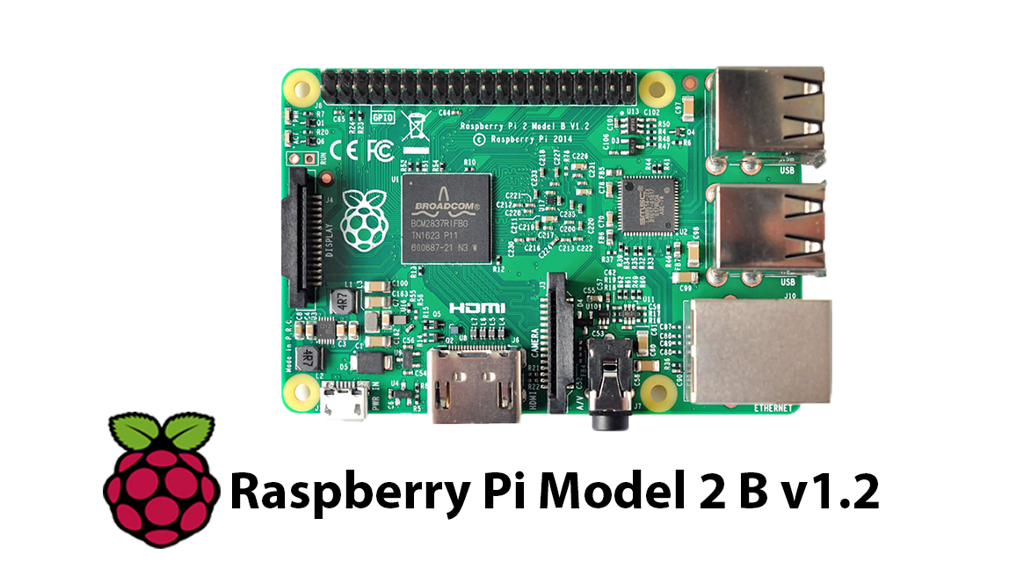
Raspberry Pi 3 Model B (2016)
After the release of the Raspberry Pi 2 Model B, the Raspberry Pi foundation launched their new Raspberry Pi 3 Model B in 2016 with a heavy refinement from the previous model. The processor of this model saw a boost from 900MHz to 1.2GHz, while it also includes the modern generation ARM-based processor Cortex A-53. The change in the processor brings the capability to run 64 Bit architecture on the device. However, due to the increased usage and the model having only 1GB RAM, it becomes hard for Raspberry Pi users to run 64 Bit architecture on the device.
| Raspberry Pi 3 Model B Components | Specifications |
| Processor | 1.2GHz Broadcom BCM2837 Quad Core ARM Cortex-A53 |
| GPU | Video Core IV Graphics |
| GPIO | 40 Pins |
| RAM | 1 GB |
| I/O Interfaces | 4 USB ports, 1 Full HDMI port, Camera Interface |
| Power Source | Micro USB or GPIO |
| SD Card Slot | Micro Size SD Card Slot |
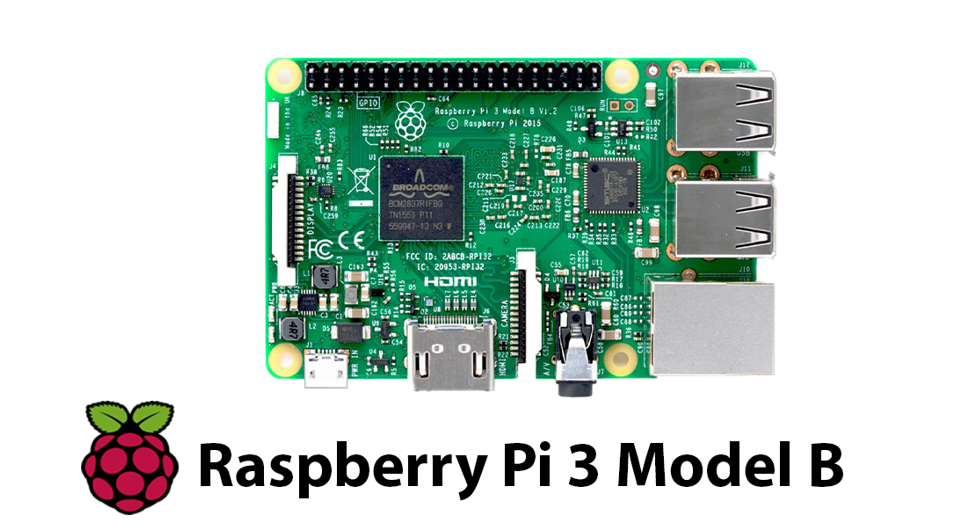
Raspberry Pi Zero W (2017)
In the same year, Raspberry Pi Zero W was released where the developers focus on providing users the same Raspberry Pi Zero Model with adding support to Bluetooth and Wi-Fi.
| Raspberry Pi Zero W Components | Specifications |
| Processor | 1GHz Single Core ARMv6 CPU (BCM2835) |
| GPU | Video Core IV Graphics |
| GPIO | 40 Pins |
| RAM | 512 MB |
| I/O Interfaces | Mini HDMI and USB Port |
| Power Source | Micro USB or GPIO |
| SD Card Slot | Micro Size SD Card Slot |
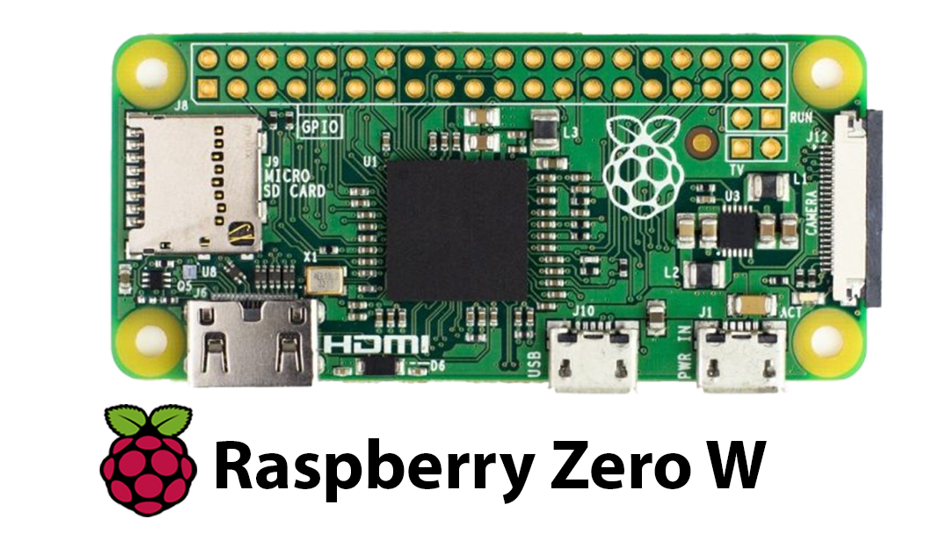
Raspberry Pi 3 Model B+ (2018)
In 2018, Raspberry Pi 3 Model B+ was launched, with the same Broadcom processor but a clock speed of 1.4GHz. The model’s GPU saw a clock speed from 250MHz to 400MHz, boosting the efficiency of programs running on the device. The device also saw an improved WIFI network capability from 2.4GHz to 5GHz and ethernet capability that went up to 1000 Mbits/s.
| Raspberry Pi 3 Model B+ Components | Specifications |
| Processor | 1.4GHz Broadcom BCM2837B0 Quad Core ARM Cortex-A53 |
| GPU | Video Core IV Graphics |
| GPIO | 40 Pins |
| RAM | 1 GB |
| I/O Interfaces | 4 USB ports, 1 Full HDMI port, Camera Interface |
| Power Source | Micro USB or GPIO |
| SD Card Slot | Micro Size SD Card Slot |
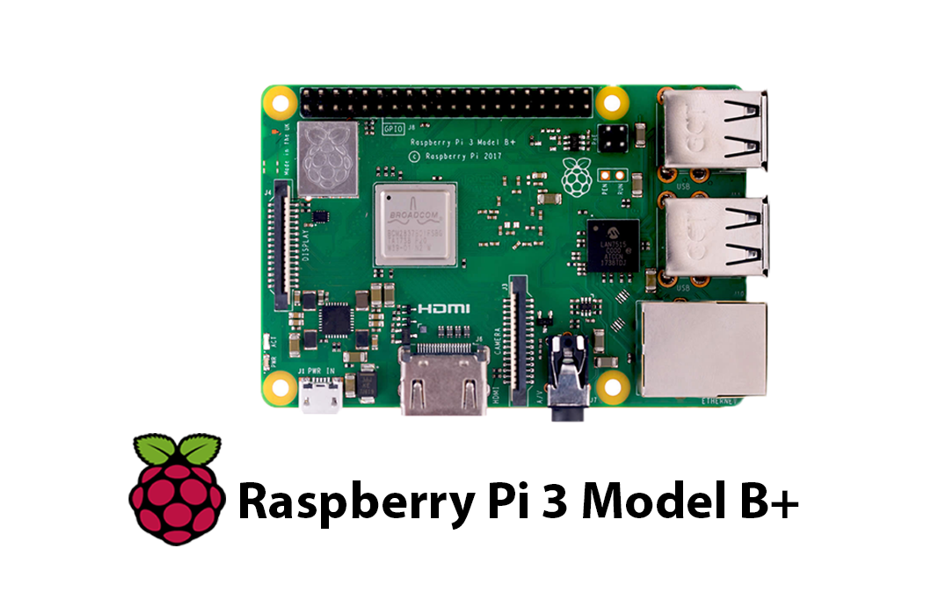
Raspberry Pi 3 Model A+ (2018)
The same year, Raspberry Pi 3 Model A+ was introduced, an upgraded version of Raspberry Pi 3 with the same processing power as Raspberry Pi 3 Model B+. However, they have lowered the RAM size from 1GB to 512MB compared to Raspberry Pi 3 Model B+. The improvement also saw a change in the network capability with the additional new Wi-Fi chip connecting both 2.4GHz and 5GHz networks.
| Raspberry Pi 3 Model A+ Components | Specifications |
| Processor | 1.4 GHz Broadcom BCM2837B0, Cortex-A53 (ARMv8) 64-bit SoC |
| GPU | Video Core IV Graphics |
| GPIO | 40 Pins |
| RAM | 1 GB |
| I/O Interfaces | 1 USB Port, 1 Full HDMI port, Camera Interface |
| Power Source | Micro USB or GPIO |
| SD Card Slot | Micro Size SD Card Slot |
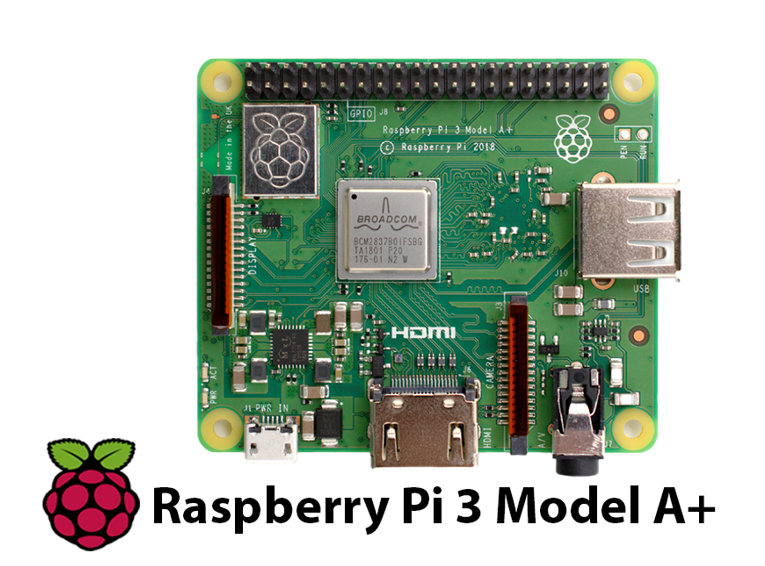
Raspberry Pi Compute Module 3+ (2018)
In the same year, Raspberry Pi users saw the launch of Raspberry Pi Compute Module 3+, which boosted the importance of Raspberry Pi models and provided users with the same experience at a budget-friendly price. This version of Raspberry Pi has two different models: one has a micro-SD card slot, while the other has a 4GB built-in eMMC storage for boosting the device’s performance.
| Raspberry Pi Compute Module 3 Components | Specifications |
| Processor | Broadcom BCM2837 SoC, 1.2GHz ARM |
| GPU | Video Core IV Graphics |
| GPIO | 40 Pins |
| RAM | 1GB RAM |
| I/O Interfaces | No |
| Power Source | Micro USB or GPIO |
| SD Card Slot | Full-Size SD Card Slot or 8GB/16GB/32GB eMMC storage |

Raspberry Pi 4 Model B (2019)
In 2019, the Raspberry Pi 4 Model B was introduced, which beats all its previous competitors in terms of performance, speed, and features. The processor saw a change to Cortex-A72, which is much more powerful than Cortex-A53. Further, the model has four different flavors with 1GB, 2GB, 4GB and 8GB RAM. The price of the models varies if you go for more RAM, but the device’s performance significantly improved compared to the previous Raspberry Pi models. In addition, the developers included 4 USB ports option; among them, two use Thunderbolt technology for fast data flow. The Bluetooth and Wi-Fi module also saw a significant upgrade from 4.2 to 5.0, while the number of HDI port increased to two for handling two 4K display simultaneously. The last significant change in the Raspberry Pi 4 Model B was the inclusion of a Type-C power supply for better connector reliability and improved standards.
| Raspberry Pi 4 Model B Components | Specifications |
| Processor | 1.5 GHz 64-bit Quad Core ARM Cortex-A72 processor |
| GPU | Video Core IV Graphics |
| GPIO | 40 Pins |
| RAM | 1 GB, 2GB, 4GB and 8GB |
| I/O Interfaces | 2x 2.0 USB Ports, 2x 3.0 USB Ports, 1 Full HDMI port, Camera Interface |
| Power Source | Micro USB or GPIO |
| SD Card Slot | Micro Size SD Card Slot |
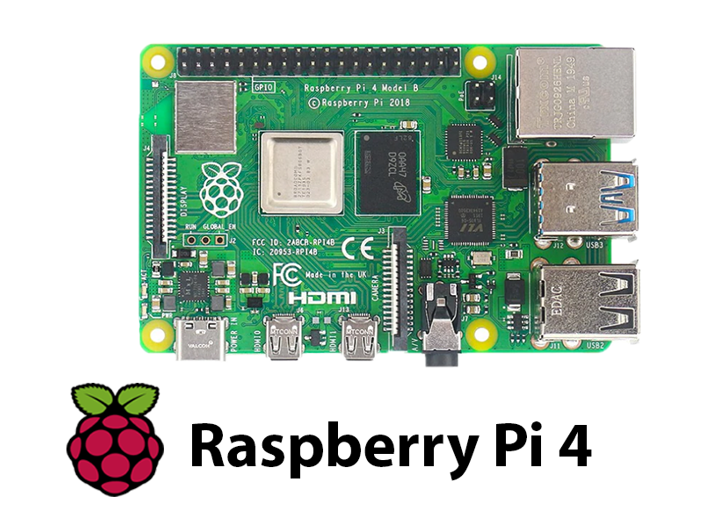
Raspberry Pi Compute Module 4 (2020)
After a gap of one year, the Raspberry Pi foundation also released the Raspberry Pi Compute Module 4 with the same processing speed, different memory, eMMC storage and network module options. There are at least 32 variants of this board and the user can opt for any board according to his/her choice.
| Raspberry Pi Compute Module 4 Components | Specifications |
| Processor | 1.5 GHz 64-bit Quad Core ARM Cortex-A72 processor |
| GPU | Video Core IV Graphics |
| GPIO | 40 Pins |
| RAM | 1 GB, 2GB, 4GB and 8GB |
| I/O Interfaces | 2x 2.0 USB Ports, 2x 3.0 USB Ports, 1 Full HDMI port, Camera Interface |
| Power Source | Micro USB or GPIO |
| SD Card Slot | Micro Size SD Card Slot |

Now the Raspberry Pi foundation is in the plan to launch the Raspberry Pi 5 model. The work is going around to launch this model next year in 2023.
Conclusion
The purpose of building the Raspberry Pi device is to help people perform different projects. The new versions of Raspberry Pi devices brought better speed and performance. Since the release of the first Raspberry Pi model, several models of Raspberry Pi have been released. With each newer Raspberry Pi model, people experience much better performance and speed. Besides launching the newer model, the developers have also introduced Compute Modules, helping people create several DIY projects. These fruitful efforts of the Raspberry Pi foundation increase the importance of Raspberry Pi models and the time will come soon when you will see a beast launched among these models.
Source: linuxhint.com
